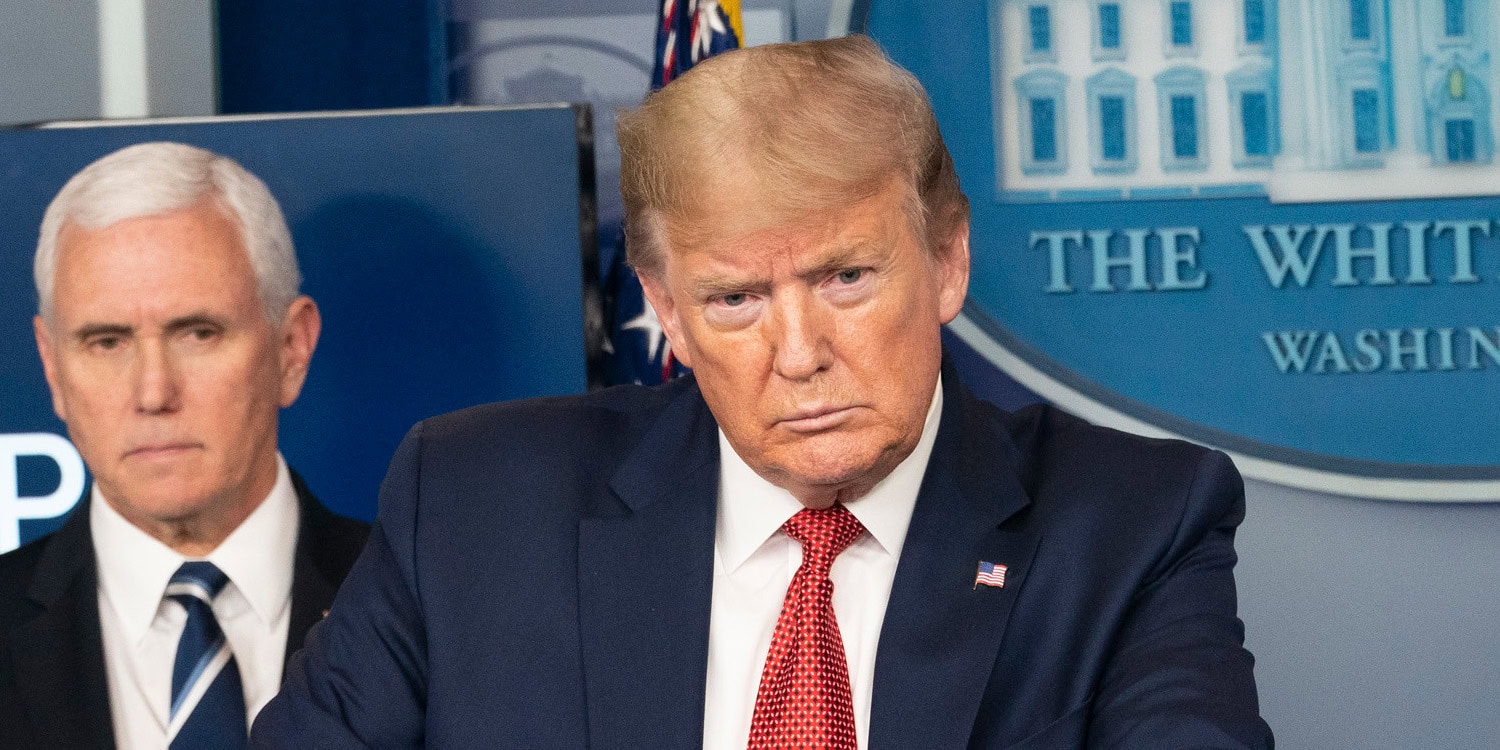A recent study published in Social Science Quarterly has found evidence linking former President Donald Trump’s rhetoric about COVID-19 to a surge in anti-Asian sentiment on social media. The study suggests that Trump’s repeated references to the coronavirus as the “Chinese virus” or “Kung flu” had a significant effect, increasing the number of anti-Asian hate tweets posted during the early months of the pandemic.
The COVID-19 pandemic saw a sharp rise in anti-Asian sentiment, particularly in the United States, where many people of Asian descent faced verbal harassment and even physical assaults. But researchers wanted to understand why this happened. Historical patterns suggest that minority groups are often blamed during public health crises. However, not all such crises lead to widespread discrimination, so what made the COVID-19 pandemic different?
Previous research has identified several possible reasons for this phenomenon, which scholars refer to as “othering”—the process of scapegoating marginalized groups for broader societal issues. For example, in past epidemics like smallpox or Ebola, immigrants or ethnic minorities were often blamed for the spread of disease.
Some researchers attribute this behavior to psychological reactions, like fear and disgust, which lead people to avoid or blame those they perceive as carriers of disease. Another explanation involves political leaders who, when facing criticism during a crisis, may shift blame onto an external group to divert attention from their own failures.
To test these ideas, the researchers gathered a large data set of COVID-19-related tweets posted between February and April 2020. They focused on tweets that included anti-Asian sentiments, collecting over 1.6 million tweets with geographic information that allowed them to track where and when these messages were posted. By analyzing these tweets, the researchers were able to measure how the volume of anti-Asian hate speech varied across different parts of the United States during the early months of the pandemic.
The study explored several possible explanations for the rise in anti-Asian hate speech. The first hypothesis, known as the vulnerability hypothesis, proposed that people who felt more vulnerable to the virus, such as the elderly or those with low incomes, would be more likely to express anti-Asian sentiments. The second, the threat hypothesis, suggested that areas with higher rates of COVID-19 infections would see more anti-Asian hate speech, as people in those regions might perceive a greater threat and seek to blame others.
The third hypothesis, the elite cueing hypothesis, focused on the role of political leaders, predicting that Trump’s “Chinese virus” rhetoric would lead to a significant increase in anti-Asian hate speech, particularly in areas where Trump had strong political support.
The researchers also considered the potential role of public health measures, such as stay-at-home orders and restrictions on public gatherings. The grievance hypothesis suggested that stricter or longer-lasting containment policies might lead people to express their frustrations by targeting marginalized groups, especially if they believed these groups were responsible for the crisis.
The results of the study provided strong support for the elite cueing hypothesis. The researchers found that, following Trump’s use of the term “Chinese virus” on March 16, 2020, there was a noticeable increase in anti-Asian hate tweets. This spike occurred across many parts of the country, including areas where there had been little or no such hate speech prior to Trump’s comments.
However, the expected interaction between Trump’s rhetoric and political support for Trump in different counties was not as clear. The researchers did not find strong evidence that counties with higher levels of Trump voters reacted differently than others.
The findings regarding the other hypotheses were more mixed. The researchers found some support for the threat hypothesis, as areas with higher COVID-19 infection rates tended to have more anti-Asian hate speech. However, this effect was not consistent over time within the same counties. In other words, while places with more cases generally had more hate speech, an increase in COVID-19 cases within a county did not always lead to a corresponding rise in anti-Asian tweets.
The vulnerability hypothesis, which suggested that economically disadvantaged or elderly populations might be more likely to express anti-Asian sentiments, received no support from the data.
The researchers also found mixed results for the grievance hypothesis. While counties with stricter public health measures did not generally experience more hate speech, the researchers did observe an increase in anti-Asian tweets in counties that implemented new containment policies during the study period. This suggests that changes in restrictions might have fueled some frustrations that manifested as discriminatory speech, but the effect was not universal.
Despite the study’s strengths, it has some limitations to consider. First, the researchers focused solely on hate speech posted on Twitter, which may not fully represent the broader public’s attitudes. Twitter users tend to be younger and more educated than the general population, and the platform’s demographic biases might limit the generalizability of the findings.
Another limitation is that the study only examined hate speech during the early months of the pandemic. As the crisis evolved, public attitudes and behaviors may have changed in ways that were not captured by this analysis. Future research could explore whether these trends persisted or whether other factors, such as shifts in political leadership or changes in public health messaging, affected anti-Asian sentiments over time.
“Nonetheless, our study complements the existing studies on othering, mostly survey-based, that demonstrate that a public health crisis does not necessarily lead to discrimination against minority groups, while elite framing and cueing have the strongest positive effects on anti-Asian hate speech,” the researchers concluded.
The study, “From fear to hate: Sources of anti-Asian sentiment during COVID-19,” was authored by Yaoyao Dai, Jingjing Gao, and Benjamin J. Radford.




